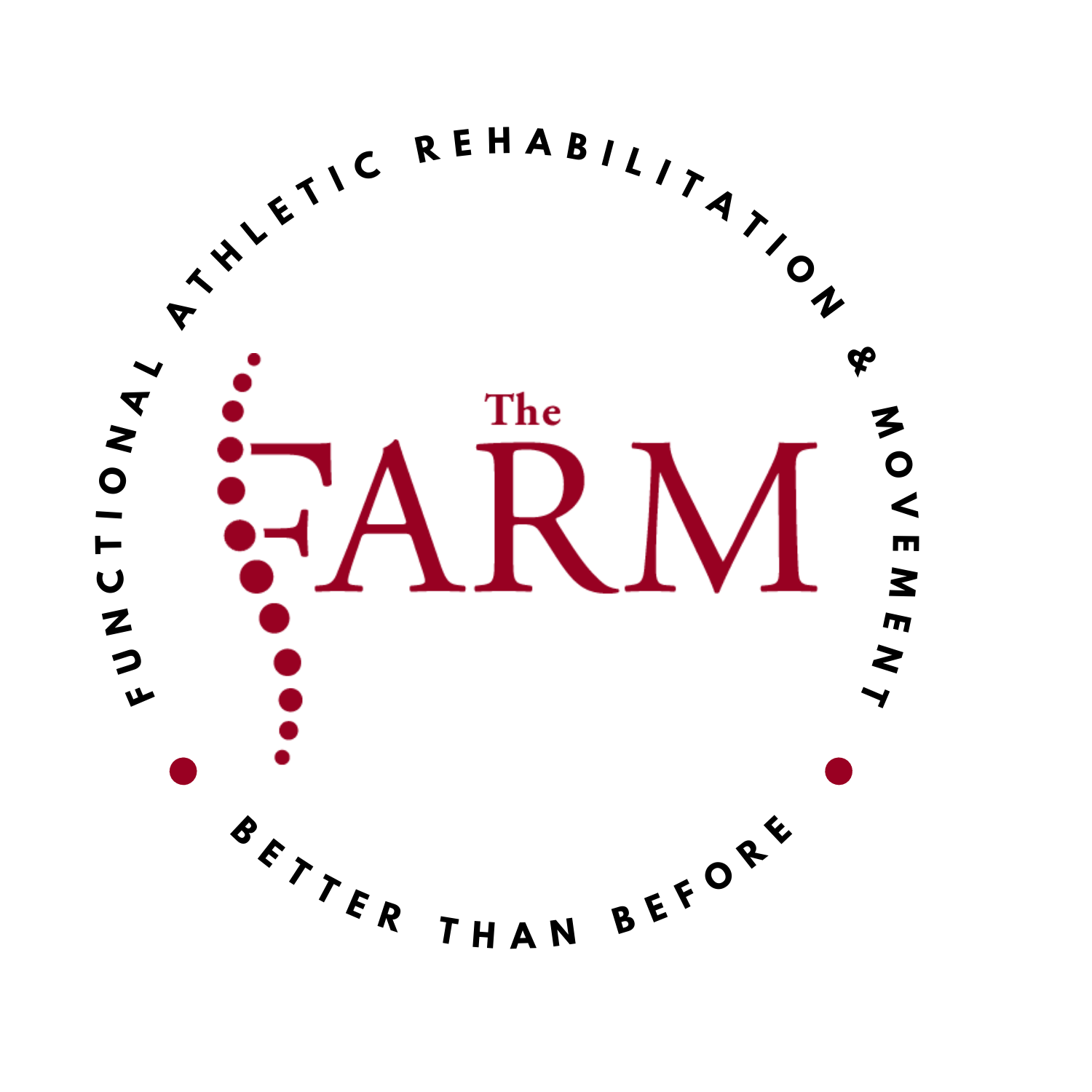Starting with Conservative Care First: Week in Review 35
Navigating Triage and Clinical Decision-Making in Musculoskeletal Care
Musculoskeletal medicine is as much an art as it is a science. Each patient who walks through the door brings not only symptoms, but also a story, a history, and a set of goals that must be weighed carefully. In this episode of The FARM Podcast, Dr. Beau and his team dive deep into the importance of triage in musculoskeletal care, the nuances of clinical decision-making, and the challenges of balancing short-term relief with long-term outcomes. Through several real-world case examples, they highlight why individualized care is essential and how clinicians can guide patients through the often-complex healthcare landscape.
The Role of Triage in Musculoskeletal Medicine
At the heart of the discussion is the concept of triage: the process of determining where a patient best fits within the healthcare continuum. Unlike acute emergency triage, musculoskeletal triage revolves around decisions such as:
Does this patient need conservative care first?
Should imaging be ordered immediately?
Is a referral to a surgeon or specialist warranted?
The FARM team underscores that triage is not a one-size-fits-all process. It requires careful listening, a comprehensive history, and an ability to balance the urgency of symptoms with the patient’s broader context. For example, an athlete may be highly motivated to return to sport quickly, while a sedentary patient may prioritize long-term stability and pain reduction.
Case Example: The High-Level Runner with a Foot Injury
One of the standout discussions centers on a competitive runner facing a complex foot injury. For athletes at this level, every decision has amplified consequences. A poorly managed injury can mean not only lost training cycles, but also long-term biomechanical changes that alter performance and increase risk of future problems.
Dr. Beau and his team explore how triage differs in these situations. Instead of immediately turning to surgery or invasive options, the focus remains on functional assessment: gait analysis, loading strategies, and gradual reintroduction to running mechanics. The runner’s story illustrates the delicate balance between providing enough rest for healing and enough stimulus for adaptation.
The conversation also highlights an often-overlooked factor: long-term implications for young or developing athletes. Early surgical intervention may resolve an acute problem, but it can also create downstream limitations. The team stresses that clinicians must think beyond the season or the race and consider the patient’s body decades into the future.
Case Example: Chronic Shoulder Dislocation
Another case discussed involves a patient with recurrent shoulder dislocations. These presentations often tempt clinicians and patients alike to pursue surgical repair quickly, especially given the frustration and instability they cause.
However, the team emphasizes that triage in such cases is more than checking off boxes for surgery. It requires a holistic evaluation: What functional limitations are present? How strong and stable is the surrounding musculature? What role does the patient’s sport, occupation, or lifestyle play in decision-making?
Through this lens, the episode underscores the importance of individualized care. Some patients may thrive with focused rehabilitation, scapular stabilization, and neuromuscular re-education, while others may ultimately need surgical repair. The key lies in not rushing to a predetermined pathway.
Primary Care and Imaging Decisions
The podcast also tackles a pressing reality in modern musculoskeletal care: the role of primary care providers in imaging and referrals. Too often, imaging is ordered reflexively, sometimes creating fear or misinterpretation for patients. The FARM team advocates for a balanced approach, where imaging supports—not dictates—clinical decision-making.
They stress that providers must use imaging as one piece of the puzzle, integrated with physical examination, patient history, and functional assessment. For instance, a disc bulge seen on MRI may or may not explain the patient’s symptoms. What matters is the correlation between the imaging and the patient’s lived experience of pain and dysfunction.
Case Example: Chronic Low Back Pain with Disc Bulges
Dr. Beau shares the case of a 36-year-old male with longstanding low back pain and disc bulges. Instead of focusing narrowly on the MRI findings, the team prioritizes restoring function. The patient’s care emphasizes improving movement patterns, addressing pain, and gradually building resilience.
This case exemplifies the FARM philosophy: imaging may inform, but it should never overshadow the fundamental question—how does this person move, and how can we help them move better?
Case Example: Post-Y-Strap Adjustment Complications
In a different but equally important scenario, Dr. Beau discusses a 47-year-old male who experienced increased headache and neck pain after a Y-strap adjustment performed elsewhere. This case serves as a cautionary tale about the risks of treatments applied without proper evaluation.
The FARM team stresses the importance of thorough examination before delivering any intervention. High-velocity manipulations, while powerful tools, must be matched to the right patient at the right time. This example reinforces a broader principle: no technique is inherently good or bad—it is the clinical reasoning behind its application that matters most.
The Central Theme: Individualized, Long-Term Care
Across each case and discussion, one theme remains constant: individualized care is the cornerstone of musculoskeletal health. Whether it’s deciding between conservative management and surgery, choosing when to image, or selecting a manual therapy technique, the clinician’s role is to see the whole person, not just the pathology.
For young athletes, this means protecting their future potential. For chronic pain patients, it means prioritizing quality of life and functional movement. For those injured by inappropriate interventions, it means rebuilding trust in the healing process.
Final Thoughts
This episode shines a light on the complex, nuanced nature of musculoskeletal medicine. Triage is not about rushing to the fastest fix—it’s about guiding patients through a landscape of options with wisdom, compassion, and foresight. Dr. Beau and his team remind us that true clinical excellence lies in balancing short-term relief with long-term outcomes, respecting the individuality of every patient, and continually refining the decision-making process.
In the end, the message is clear: musculoskeletal care is not simply about treating injuries; it is about stewarding movement, health, and vitality across a lifetime.

